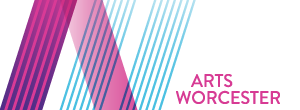Kate Egnaczak
Transforming Waste, Imagining Stories
materials funded: propane and electric metal melting furnaces, microwave glass kiln, glass and metal cutting hand tools, concrete, sand, clay, and safety equipment
“Transforming Waste” is my first attempt to make art using the cans and bottles that I have collected from Elm Park’s mere ponds since 2019. Now muddy, waterlogged, and damaged, these objects cannot be redeemed for their usual five-cent recycling incentive. This is only one of the design flaws in the recycling industry. Modern recycling of glass and aluminum is mechanized, creating the same object from its past form. In contrast, the traditional methods of metal foundries, glass fusing, and concrete forming create little waste, as materials are endlessly broken down and reformed. With this project, inspired by the found discarded materials, I conceptualized recycling on a human scale.
I sorted cans from bottles, and divided up colors of glass. I then separated pounds of slag from clean molten metal. Using sand, I created a mold of objects collected from the park, including lighters, fishing bobbers, and a deteriorating asthma inhaler. I poured hot liquid metal into the sand molds to cast new forms, while the slag served as aggregate in concrete casting.
The glass bottles were challenging because their origins were unknown. Possibly already recycled, the bottles were without an identifiable coefficient of expansion (COE). COE is essential information for working with glass. Mixing glass could prevent the fusing of glass and even be dangerous in a traditional glass kiln. Using a microwave glass kiln, I could safely work on a smaller scale to create new glass forms.
Every challenge we pursue has a story. “Transforming Waste” results from putting part of the story on display when I cast metal as a public intervention in the same park where I retrieved it or revealed the process on social media. I am building a body of work that retells narratives of society’s offloaded waste. Using waste collected during my ongoing, multi-year investigation repositions debris to trigger memories or social consciousness related to the impulse to discard or dispose of. This is the beginning of a collection revisioning waste as objects to reanimate as stories through art.
What memories do you see in this waste?
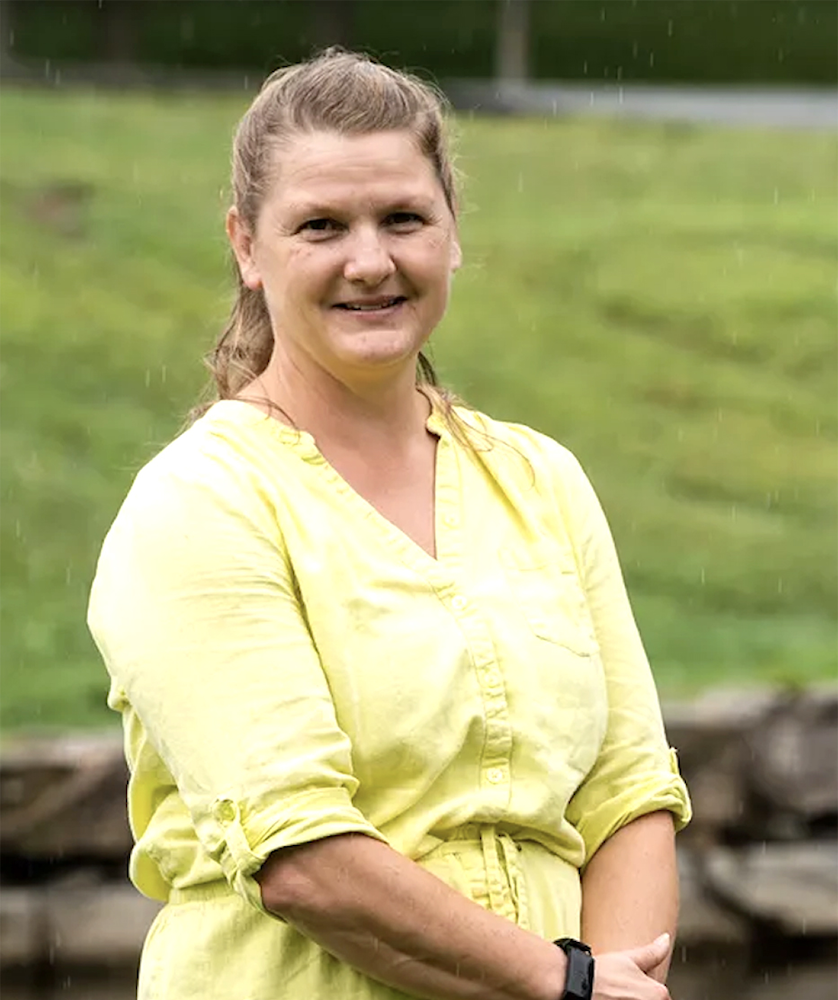
/// ABOUT THE ARTIST
Kate Egnaczak is a conceptual eco-artist based in Massachusetts. She holds BFA degrees in both graphic design and sculpture from UMass Dartmouth, where she began to develop a hybrid artistic approach at the intersections of design thinking, sculptural methods, and art history. Finding powerful influences in the development of contemporary making and thinking in the urban environment, Egnaczak completed an MPS in Arts and Cultural Management at Pratt Institute before culminating over ten years of experience and professional practice into an MFA in Interdisciplinary Arts at Goddard College.
Her process represents a constellation of practices that integrate her foundation as an artist with performance, site-specific installation, and arts-based research. Centering circularity* as a guiding principle, Kate explores the complex interdependence of all life forms and waste by intentionally intervening in public space as a catalyst. The most prominent example of this body of work is her multi-year durational exploration of the mere ponds of Elm Park in the biannual outdoor sculpture exhibit Art in the Park in Worcester, MA, since 2019.
Kate’s work is documented in the annual international document of performance practice, Emergency Index Vol. 9 and 10, and exhibited throughout New England. She is an Assets for Artist 2023 Business of Art Cohort grant recipient and artist in residence at the Community Teaching Garden and Literacy Project in Worcester.
@train_by_living
* The concept of circularity from economics addresses the intentional planning of products with an embedded system to keep them out of the landfill after their first use.
/// EXPLORE
View works below. For sales inquiries, please contact the galleries at sue@artsworcester.org or call (508) 755-5142.


Bobb and Tangle
glass bottles, aluminum cans, fishing hook, tangle of fishing line found in Elm Park's mere ponds, salvaged chicken wire and copper wire, 18" x 22", 2023, Not For Sale
I discovered this tangle of fishing line separate from the bobbers and fish hook. I've found fish, turtles, and even people fishing for them, but I have never witnessed the catch. Tell your story: Draw a picture. Write a word, a sentence, a paragraph, a poem, or a story. -Picture who might wear this item. Who are they? What do they look like? What fish stories do they have? What is the place that they live in look like? -How do you think these bobbers and fishing lines got into the Elm Park Mere Ponds? Intentional or mistake?
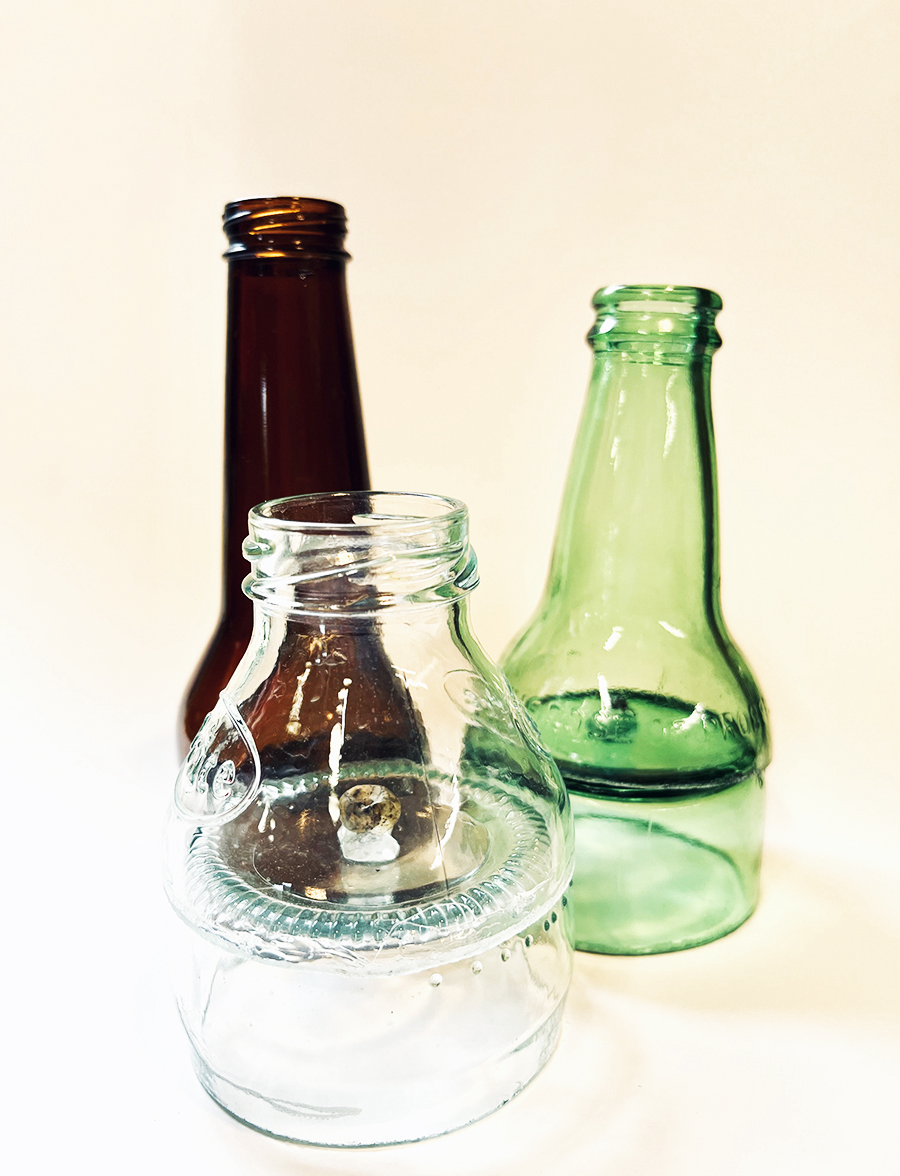

Bug Viewers
glass bottles, insects and snail from Elm Park ponds, 12" x 12", 2023, Not For Sale
Collecting muddy artifacts can mean taking along guests without knowing. These little guys found their way into the organic matter caught in wrappers and bottles. They are so special, they need to Tell your story: Draw a picture. Write a word, a sentence, a paragraph, a poem, or a story. -Who are these little guys? Do they have names? How do they like it outside the park? Where did they live before? -What do you notice when they are in focus?
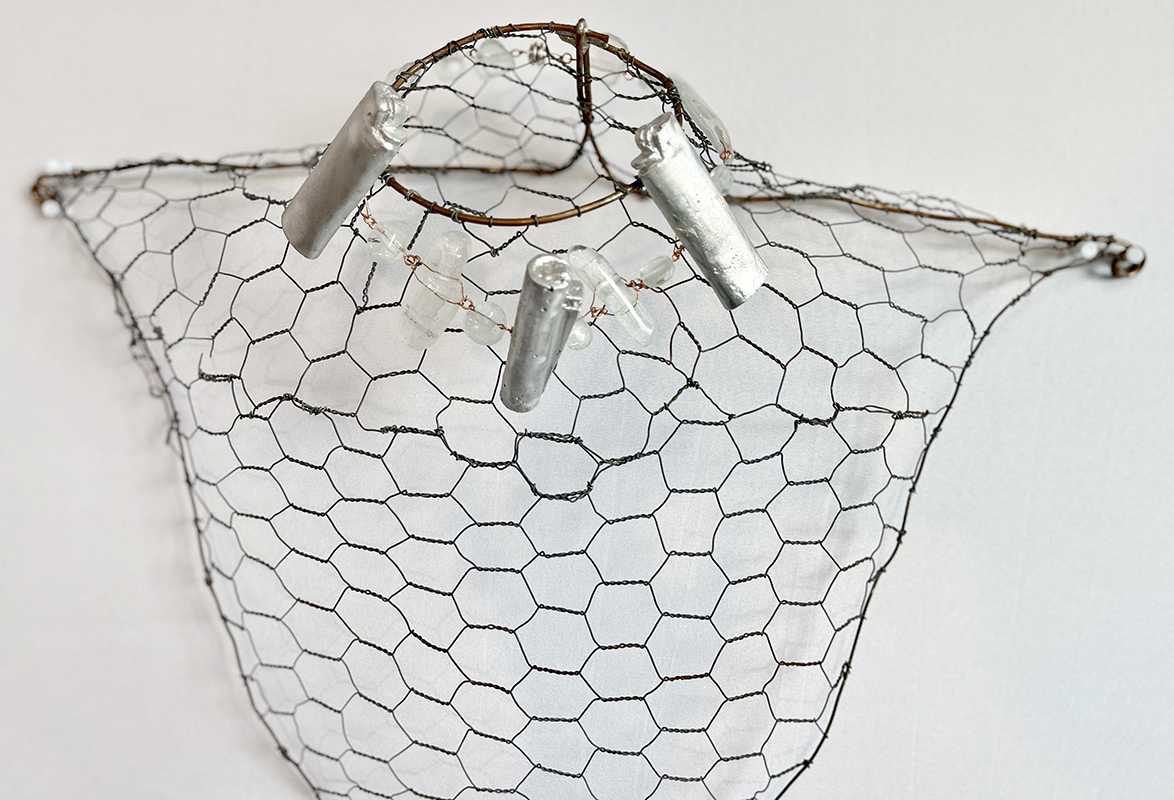

Lighter Knight
glass bottles and aluminum cans found in Elm Park's mere ponds, copper wire, salvaged chicken wire, 18" x 22", 2023, Not For Sale
As I created these replicas of three of the twelve lighters I found in the park ponds, I imagined myself as a knight in shining armor coming to illuminate lighter litter. Tell your story: Draw a picture. Write a word, a sentence, a paragraph, a poem, or a story. -Picture who might wear this item. Who are they? What do they look like? What tales do they tell about epic battles in not-so-far-off places? What is the place that they live in look like? -How do you think these lighters got into the Elm Park Mere Ponds? Intentional or mistake?
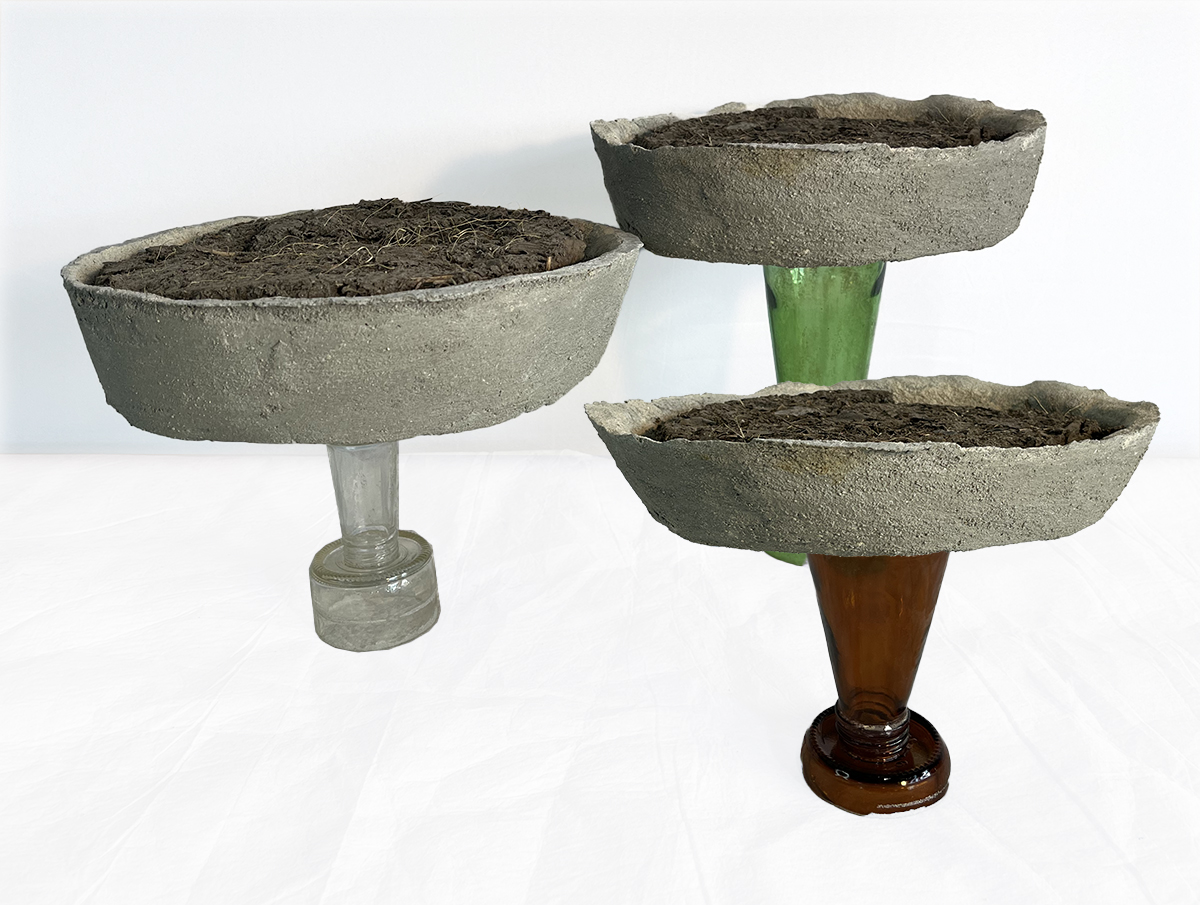

Mere Pond Mud Pie Stand
Elm Park mud, glass bottles from Elm Park mere ponds, concrete, 9" x 20" x 20", 2019-2023, Not For Sale
I have always wanted to make mud pies. In 2019 I did, in Elm Park. I am on my way to starting a mud pie company. Tell your story: Draw a picture. Write a word, a sentence, a paragraph, a poem, or a story. -Picture who might work at a mudpie company. Who are they? What flavors do mud pies have? What does a mud pie bakery look like? -How would you serve your mud pie?




Harder to Breathe
glass bottles, aluminum cans, rope from Elm Park mere ponds, chicken wire, and soft flex bead wire, found snow shovel, concrete, 24" x 60", 2023, Not For Sale
I floated up to this inhaler in the park, with chewed edges and gashes all over it. I wondered if it was lost or if it wasn't good anymore. Wouldn't it be hard to breathe without it? Tell your story: Draw a picture. Write a word, a sentence, a paragraph, a poem, or a story. -Who might wear this item. Who are they? Do they need their inhaler? What stories are in the marks and chewed edges? -How long was it in the park? How do you think it got into the Elm Park Mere Ponds? Intentional or mistake?
For sales inquiries, please contact the galleries at sue@artsworcester.org or call (508) 755-5142.
